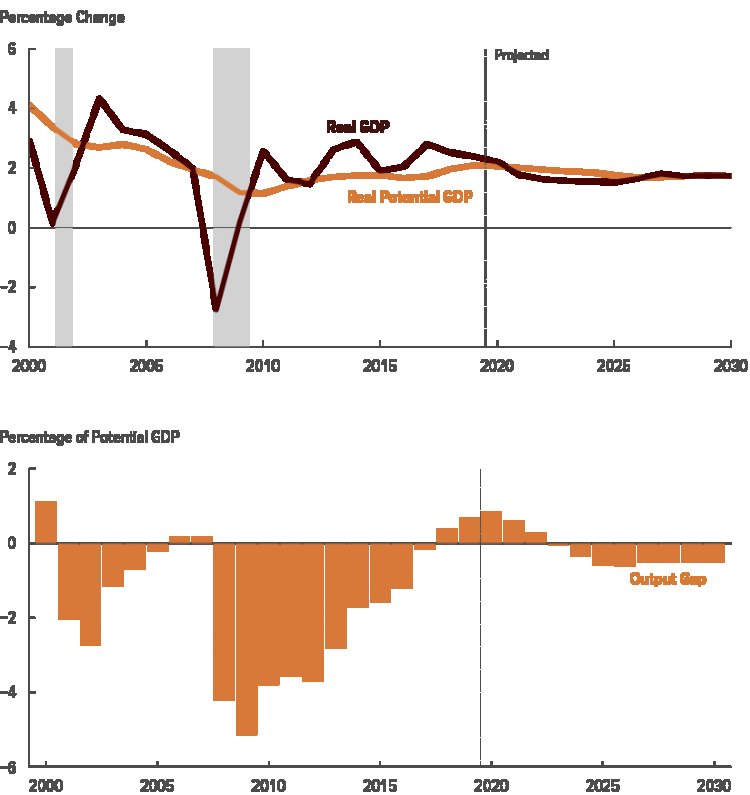Subdued Spending by States Reduces Robust Economic Recovery
STORIES, ANALYSES, EXPERT VIEWS

State governments put together, account for a larger share of general government spending than the Centre. Their budgets, their spending stance etc thus become important of a government spending-led economic recovery.
Over the past few weeks, several state governments have presented their budgets for the financial year 2021-22. Ishan Bakshi (editorial and opinion columnist, Indian Express) highlights the broad state-level budget trends based on 11 states that account for a little over 60 per cent of India’s GDP. While more concrete trends will emerge once all states present their budgets, this does provide a sense of what transpired in the year almost gone by, and what to expect in the coming financial year.
Five broad trends: “First, the collapse in states’ revenues and transfers from the Centre, coupled with a ‘reluctance’ among some states to borrow more to spend, has meant that at the aggregate level spending by these states in 2020-21 will end up being lower than what they had budgeted for before the onset of the pandemic. The revised estimates peg their total expenditure to decline by around 6 per cent in 2020-21 from their budget estimates.
“If these trends were to hold for the other states as well, then it would imply that the ‘additional’ spending by the central government, over and above its budget estimate….is likely to be offset by the decline in spending by states. In effect, the total general government spending may end up being around or even lower than what was budgeted for before the onset of the pandemic.”
Second, expectedly “this year, states which typically run revenue surpluses will run revenue deficits…….The collapse in revenues meant that states that usually borrow to finance capital expenditure have had to borrow to finance their recurring expenditure as well. As a consequence, capital spending by states, which was budgeted to be around 50 per cent more than that of the Centre in 2020-21, has been cut sharply.”
States have also cut certain components of revenue expenditure with most states cutting back on allocations for pensions and even salaries. States, though, expect the situation to reverse in the coming fiscal year, with most projecting a return to revenue surpluses.
Fourth, writes Bakshi “as is the case with the Centre, states have, remarkably, budgeted for aggressive fiscal consolidation next year. The average fiscal deficit across these states is expected to fall by more than 1 percentage point of GSDP, more than twice the decline recommended by the 15th finance commission.
“Fifth, this aggressive consolidation next year is expected to be achieved not by expenditure compression, as is the case with the Centre, but by significant revenue enhancement. However, some revenue assumptions are quite ambitious, to say the least — some states have pegged their GST and VAT collections to grow far in excess of 30 per cent in 2021-22. A deterioration in fiscal marksmanship will mean that expenditure in the coming fiscal year will also end up being lower than what has been budgeted for…..”
Subdued general government spending, concludes Bakshi “heightens the risks to economic recovery.”















